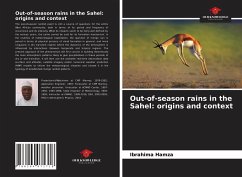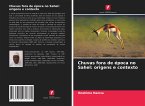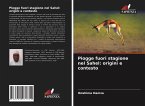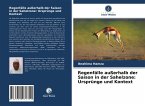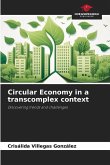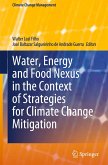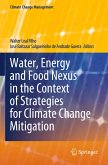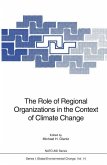The out-of-season rainfall event is still a source of questions for the entire West African community, both in terms of its period and frequency of occurrence and its intensity. While its impacts seem to be fairly well defined by the various users, the same cannot be said for its formation mechanism. In the routines of meteorological exploitation, the question of mango rain is posed in terms of physical process of cloud formation in general, and more singularly in dry transient regime where the dynamics of the atmosphere is influenced by interactions between temperate and tropical regions. The present approach of the phenomenon will first consist in building theoretically the main atmospheric patterns likely to give precipitations in these periods of dry or wet transition. It will then use the available real-time observation data (surface and altitude), satellite imagery and/or numerical weather prediction (NWP) models to inform the meteorological situation and situate it in the typology of established mango rainfall patterns.
Bitte wählen Sie Ihr Anliegen aus.
Rechnungen
Retourenschein anfordern
Bestellstatus
Storno

